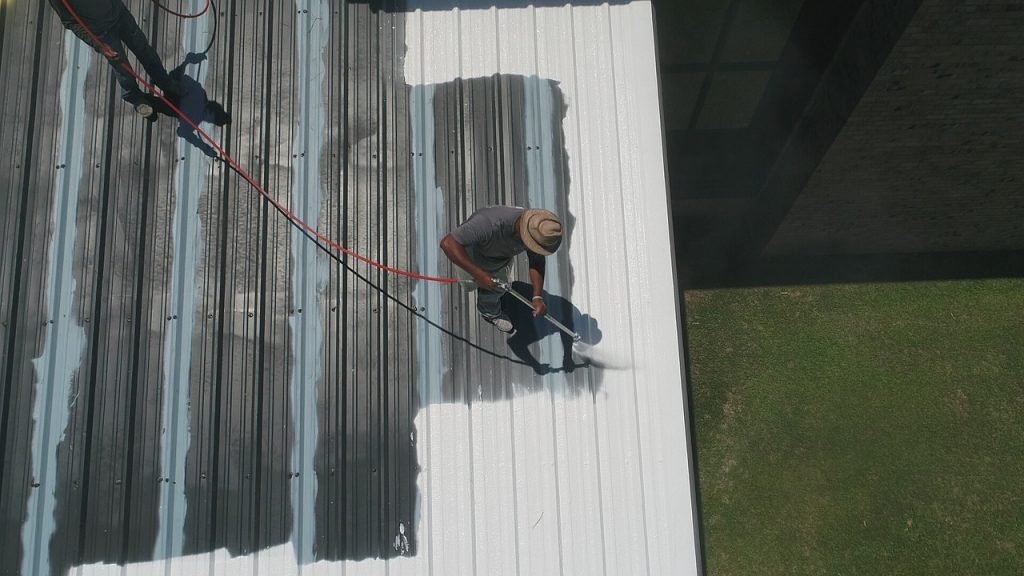1. Introduction and background overview
In the context of global climate change, energy conservation and emission reduction has become a global consensus. As one of the main fields of energy consumption and carbon emission, the construction industry of green and low carbon is particularly important. Heat insulation coating, as an innovative building energy-saving material, is standing out in the market with its unique performance advantages. It can not only significantly reduce the energy consumption of buildings, but also improve the living comfort, which is an important way to realize the green and sustainable development of buildings.
2. Principles and mechanisms of heat insulation
Through its unique composition and structure design, the heat insulation coating forms an efficient heat insulation barrier in the coating film. Its thermal insulation mechanism mainly includes the following aspects:
- Reflect sunlight: Use highly reflective pigments and fillers to reflect the visible light and part of the near-infrared light back to the atmosphere to reduce the absorption of heat.
- Radiation cooling: specific bands of pigments can emit far infrared radiation, the absorbed heat emitted into the air in the form of radiation, reducing the coating surface temperature.
- Thermal insulation layer effect: the microporous structure or phase change material in the coating can form a heat insulation layer and slow down the heat conduction between the coating and the substrate.
3. Material composition and technology
The core of heat insulation coating lies in its unique material composition and advanced preparation technology. Common heat insulation coatings include ceramic base, silicate group, polymer base and other types, which may contain nanomaterials, phase change materials, hollow beads and other special additives. These materials through the precise ratio and composite technology, so that the coating maintains good heat insulation performance, but also have excellent weather resistance, adhesion and durability.
4. Performance characteristics and advantages
- Efficient heat insulation: significantly reduce the temperature difference between inside and outside the building, reduce the energy consumption of air conditioning.
- Energy conservation and environmental protection: reduce energy consumption, reduce carbon emissions, and meet the green building standards.
- Enhance comfort: improve the indoor microclimate, enhance the comfort of living and working environment.
- Strong durability: uv resistance, good weather resistance, long service life.
- Simple construction: can be directly painted on a variety of substrate surface, the construction period is short.
5. Application field and market prospects
Heat insulation coating is widely used in residential, commercial buildings, industrial plants, public facilities and other fields. With people’s attention to energy conservation and environmental protection and the progress of building technology, the market demand for heat insulation coatings continues to grow. Especially in the high temperature areas, green building demonstration areas and energy conservation and emission reduction policies, its market prospects are broader.
6. Construction methods and matters needing attention
Before construction, the substrate surface shall be clean, dry and free of oil pollution. During construction, it should mix and mix according to the requirements of the product manual, and use appropriate coating tools for uniform painting. Pay attention to control the coating thickness and drying time, and avoid construction in high temperature, high humidity or windy weather. Maintenance shall be maintained after completion to ensure the best performance of the coating.
7. Environmental protection and sustainability
Thermal insulation coatings are excellent in environmental protection and sustainability. Most products are made of non-toxic, harmless environmentally friendly materials, low VOC emissions, harmless to the human body and the environment. At the same time, its excellent thermal insulation performance helps to reduce building energy consumption and carbon emissions, and contribute to the realization of carbon neutrality goals. In addition, some heat insulation coatings also have the characteristics of recyclable or natural degradation, further enhancing its environmental value.
8. Conclusion and outlook
As an important innovation achievement in the field of building energy conservation, heat insulation coating has been widely recognized by the market with its unique heat insulation mechanism, excellent performance characteristics and wide application prospects. In the future, with the continuous development of materials science, nanotechnology and intelligent manufacturing technology, the performance of thermal insulation coatings will be more superior, cheaper and more widely used. We have reason to believe that heat insulation coatings will play a more important role in promoting the green and low-carbon transformation of the construction industry, and create a better and livable living environment for human beings.

